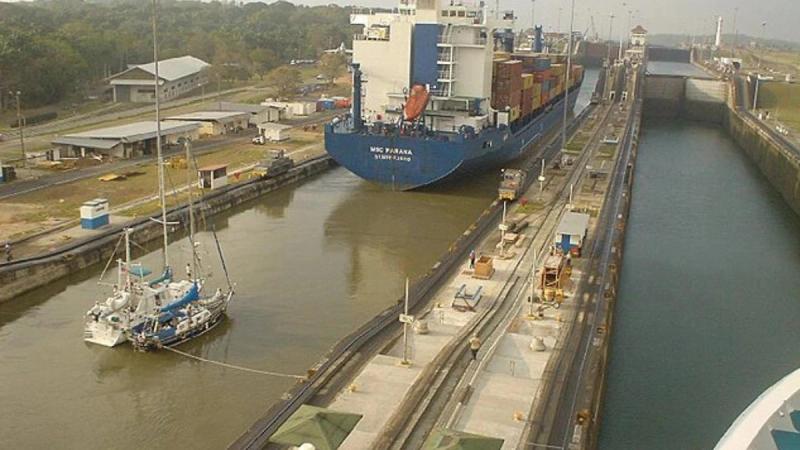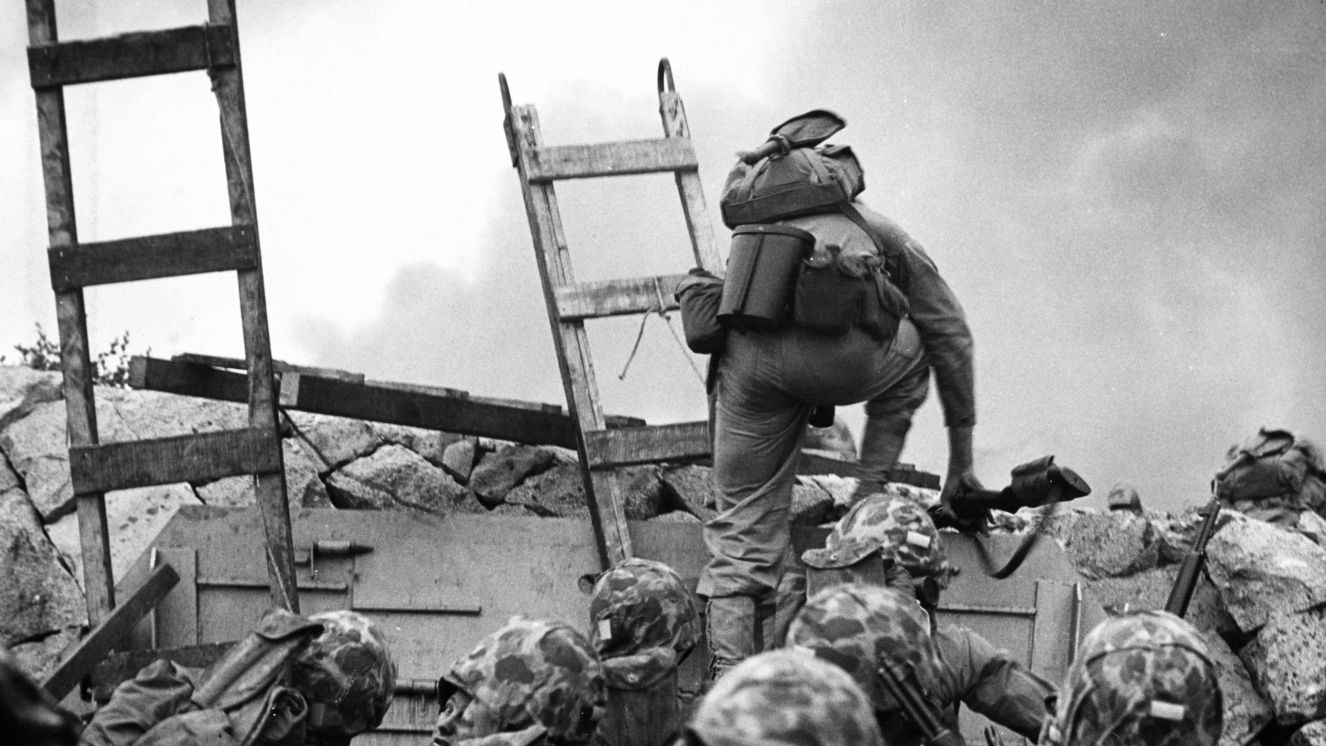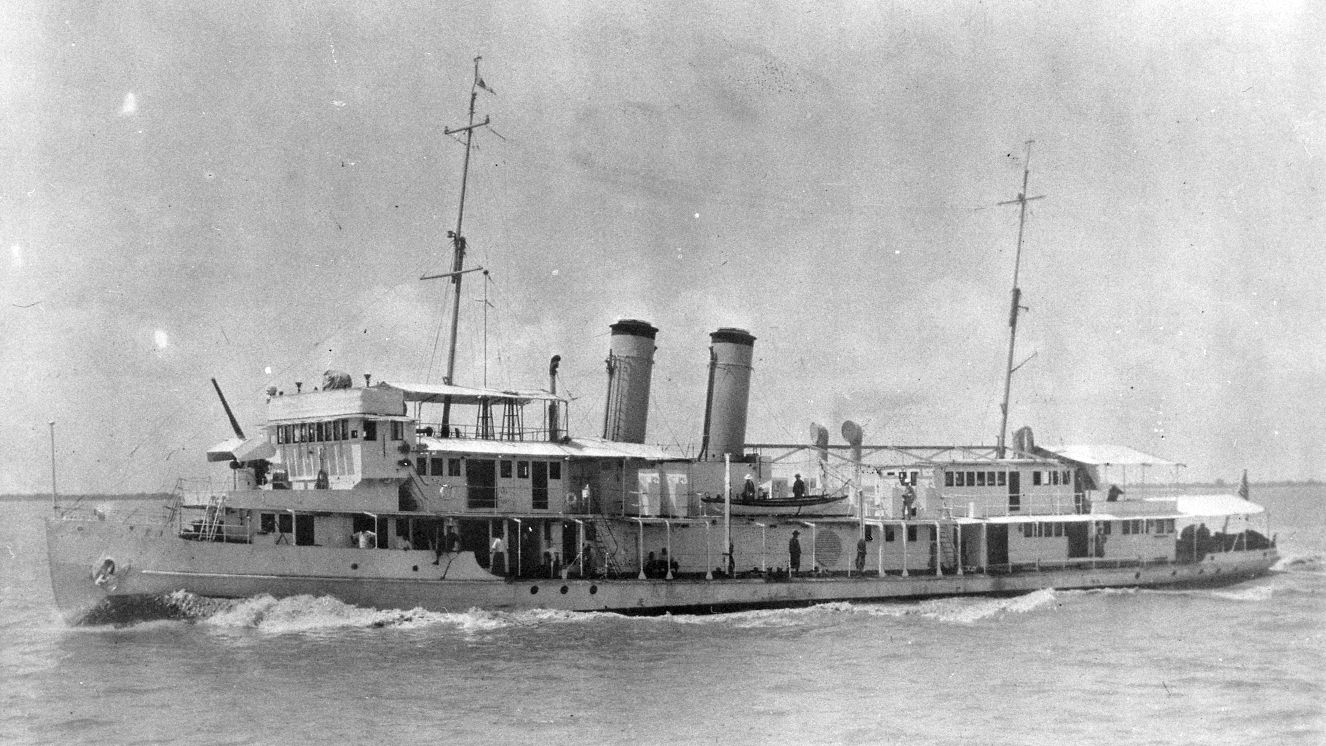DONALD TRUMP'S PANAMA CANAL CONTROL PROPOSAL EXPLAINED

The list of things President-elect Donald Trump wants to do during his second term continues to grow and now the Panama Canal has become an interesting subject. Trump wants to regain control of the Panama Canal if the tariff situation doesn’t improve for Americans. While Panamanian leadership rejects this idea, the vagueness of Trump’s proposal continues to beg the question—how exactly are you going to go about it if you do want control back?
Donald Trump's Panama Canal Reacquisition Plan
Donald Trump made headlines with his ideas about the United States controlling the Panama Canal because of increased fees.
One of the most important trade routes for our supply chain, Trump has expressed dismay about the U.S. giving up control; however, it’s not as simple as moving Americans back in place.
Panama’s President José Raúl Mulino is not a fan of the idea and believes the comments are dismissive of the nation’s sovereignty.
However, Trump is adamant about the Central American ally following the terms and conditions of the Panama Canal Treaty of 1977, calling for consequences otherwise.

President José Raúl Mulino Won’t Budge
Despite Trump’s strong words about the Panama Canal, Panama’s President Mulino doesn’t plan to give up control stating that “every square meter of the canal belongs to Panama and will continue to belong” to his country.
Mulino has defended the increase in fees as the cost of operations has risen in recent years for a number of reasons, including complex supply-demand dynamics.
Furthermore, Mulino emphasized that Panama independently expanded the canal to boost traffic, with fee increases and funding improvements.
A drought in 2023 bled into 2024, affecting the Panama Canal and the costs of operating it. Specifically, man-made Gatún Lake provides the canal’s water and reached the lowest ever levels on record for the body of water in January.
Trump would respond on Truth Social, declaring, “We'll see about that!" While also posting a picture of an American flag in the canal, antagonizing the country online.
Why the U.S. No Longer Controls the Panama Canal
The Panama Canal, built by the U.S. in the early 1900s, facilitates commercial and military transit between coasts.
Control was fully transferred to Panama in 2000 under a 1977 treaty signed by President Jimmy Carter, following tensions and protests over U.S. governance.
Still, the partnership between the United States and Panama involving the canal remains very important for American interests as the waterway handles $270 billion in cargo annually, including 40% of U.S. container traffic.

Panama Canal's Strategic Military Importance
The Panama Canal has been a critical strategic asset for the military since its completion in 1914. Its geographic location and design made it a vital resource for global military operations, particularly for the United States.
Significantly, the Canal provided the U.S. with strategic mobility, allowing ships to transit quickly between the Atlantic and Pacific Oceans, significantly reducing travel time compared to navigating around the southern tip of South America.
Secondly, the canal serves as a logistical hub, facilitating the transport of troops, equipment, and supplies. During World War II, it was critical for moving warships and cargo between theaters of operation.
During the Cold War, the canal was a key element in deterring Soviet influence in Latin America and ensuring quick naval movement in case of hostilities.
In the modern day, the canal has been integral for naval dominance, allowing fleets to respond flexibly to threats in both oceans. It also supports operations involving submarines, carriers, and other vessels, enhancing maritime security.
The canal was handed over to Panama in 1999. However, it remains strategically important for global military logistics. Agreements ensure that its neutrality and accessibility are maintained.
Donald Trump's Strategy for Panama Canal Control
Controlling the Panama Canal has proved itself useful from a military standpoint, specifically, during the Cold War era.
It’s obviously a major part of American and global trade, but how does Trump plan to go about getting control back?
Part of this simply boils down to the fact that the President-elect didn’t give specifics, despite making such bold statements.
It would be outlandish to believe that military action could be taken and even legal action against our ally would be a bit shocking.
Whatever the plan for taking back control of the Panama Canal, in a time when there are unexplainable drones flying around, who knows what else is possible?
Suggested reads:
BY BUDDY BLOUIN
Buddy Blouin is a Contributing Writer at VeteranLife.com
Buddy Blouin is a Contributing Writer at VeteranLife.com



